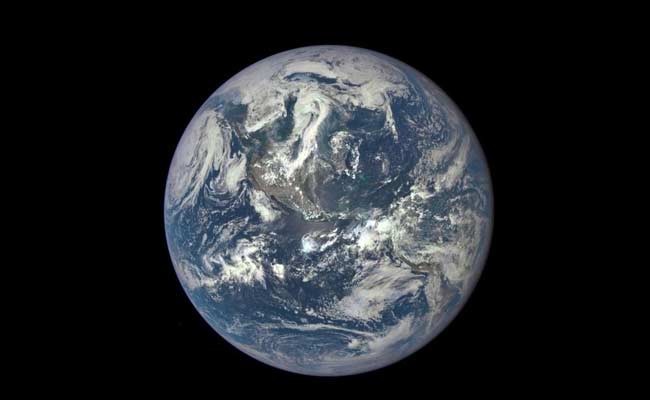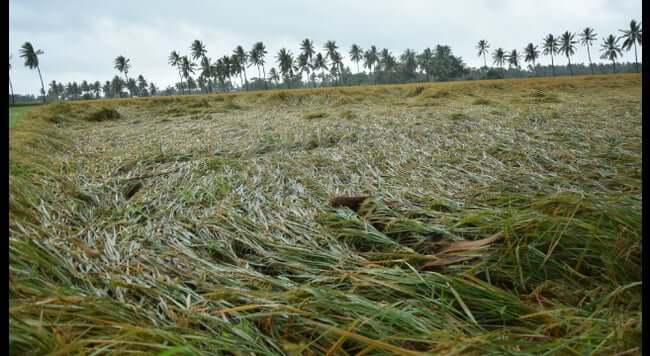Oxygen was present on Earth far earlier than thought: study
Thu 18 Feb 2016, 12:07:36

Small levels of atmospheric oxygen had already developed on Earth about 3.8 billion years ago, much earlier than previously thought, a new study has found.
Reconstructing the emergence and evolution of life on our planet is tightly linked to the questions as to when and to what extent Earth's atmosphere became oxygenated.
Most researchers agree that the oxygenation of Earth's atmosphere happened in two major steps - the first during the Great Oxidation Event about 2.5 to 2.4 billion years ago, and the second during the Late Neoproterozoic Era around 750 to 540 million years ago.
The latter is thought to have been the cause for the emergence of animals during the 'Cambrian explosion' around 540 to 520 million years ago.
Researchers, led by Robert Frei from the University of Copenhagen in Denmark, found evidence for the presence of small concentrations of oxygen on Earth 3.8 billion years ago.
The researchers analysed Earth's oldest Banded Iron Formations (BIFs) from Western Greenland. BIFs are marine chemical sediments originally comprised of alternating layers of silica and iron-hydroxides and are widely used as geochemical archives.
The reason
for this is that they retain information on the composition and presence of oxygenation/reduction processes in ambient seawater and on the interaction of the atmosphere with Earth's surface.
for this is that they retain information on the composition and presence of oxygenation/reduction processes in ambient seawater and on the interaction of the atmosphere with Earth's surface.
The researchers used concentrations and isotope compositions, ie variations of the same elements with different atomic weight, of the elements chromium (Cr) and uranium (U) present in the BIFs.
Chromium and uranium were used as these elements weather rapidly when continental landmasses are exposed to reactive oxygen species (ROS) such as oxygen (O2).
After weathering, they are transported to the oceans by rivers, where they are deposited with chemical sediments and serve as geochemical signals of weathering by ROS.
The fact that the analyses of the BIF layers from Western Greenland show elements that require presence of oxygen in the atmosphere opens up for the possibility of evolution of the earliest primitive photosynthetic life forms as early as 3.8 billion years ago.
"It is generally believed that the Early Earth was a completely anoxic, but our study shows that the surface of the Earth was exposed to a low oxygen atmosphere already this time," Frei said.
No Comments For This Post, Be first to write a Comment.
Most viewed from Specials
Most viewed from World
AIMIM News
Latest Urdu News
Most Viewed
May 26, 2020
Do you think Canada-India relations will improve under New PM Mark Carney?
Latest Videos View All
Like Us
Home
About Us
Advertise With Us
All Polls
Epaper Archives
Privacy Policy
Contact Us
Download Etemaad App
© 2025 Etemaad Daily News, All Rights Reserved.






















.jpg)
.jpg)
.jpg)

















